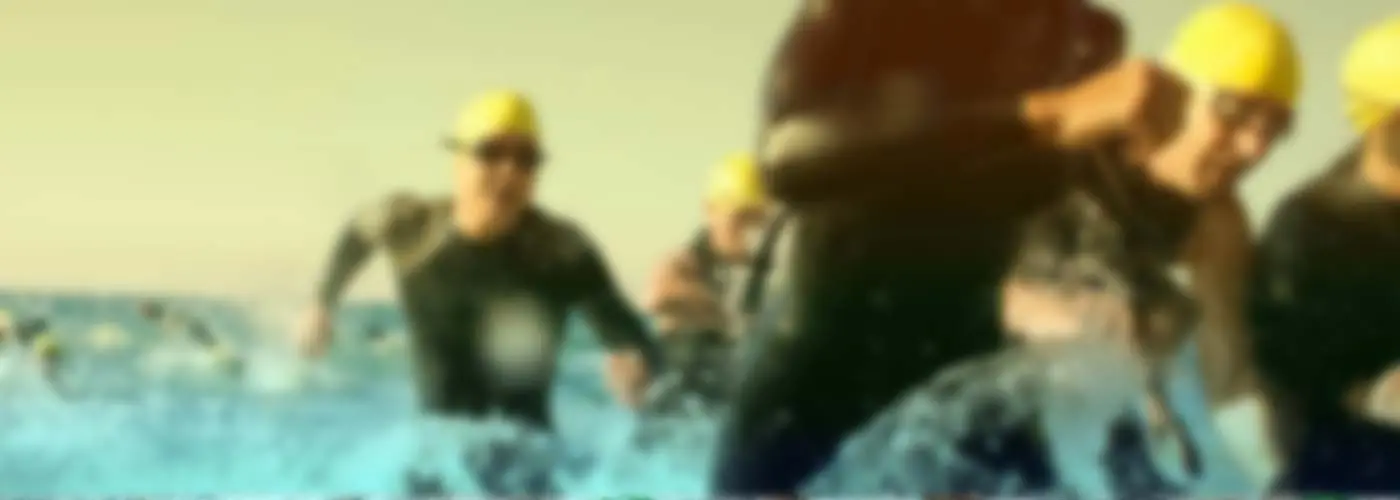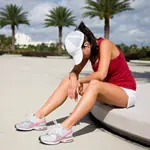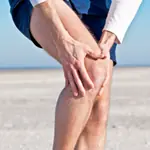Even if an individual is trained in one activity, this training may provide little benefit if some other form of vigorous repetitive exercise is undertaken. Additionally, anecdotal information suggests that diet may play a role in determining an individual's susceptibility to rhabdomyolysis.
One research paper cites the example of a 34-year-old runner who carbo-loaded prior to a 10,000-meter race. He completed the race in warm to hot conditions and then collapsed. Within 30 minutes he was admitted to a hospital; his creatine kinase levels were elevated (indicative of muscle damage and breakdown), and he died shortly thereafter due to rhabdomyolysis and heat stroke.
Obviously, carbo-loading is a time-tested practice, and thousands of athletes every year follow the practice with absolutely no adverse side effects; however, for susceptible athletes carbo-loading may increase the risk of suffering from these conditions. Exactly how this occurs is unclear; however, it could result from an increase in the concentration of lactic acid (common when carbo-loaded), which causes a mild acidosis in the muscle, facilitating muscle damage in susceptible athletes.
Be Prepared
As with any potential training or racing pitfall, awareness is half the battle, as knowing the risks can help you mitigate the potentially negative consequences of dehydration, heat stroke and subsequent rhabdomyolysis and renal failure. So what do you need to look for?
1. Be particularly careful when coming back to training after an extended break. Ease back into your training at a moderate aerobic intensity in order to prevent excessive muscle soreness and damage on subsequent days. For those individuals predisposed to severe exercise-induced rhabdomyolysis, this could literally save their lives.
2. When training or competing in a warm or hot environment, make sure you're acclimatized, and follow an effective nutritional plan that allows you to meet your caloric and fluid requirements.
3. Don't try carbo-loading for the first time prior to a major event, and be wary of using diuretics such as coffee or Coke, as most diuretics lower blood levels of potassium and promote dehydration, which can exacerbate heat-related problems.4. Stay adequately hydrated and don't start a competition, particularly in a hot environment, if you're already partially dehydrated. If an athlete collapses from overexertion and/or heat stroke, immediate treatment is imperative. Most people who receive immediate medical attention survive. However, the recovery may be very slow, taking up to several months before the individual is able to reassume a normal level of activity.
In Summary
1. Exertional rhabdomyolysis is the degeneration of skeletal muscle that can be caused by exercise, particularly in the heat and/or if the individual is not sufficiently trained for the activity. Symptoms include muscle pain, weakness and swelling. The resultant presence of myoglobin in the urine and increased levels of muscle enzymes, such as creatine kinase, are also indicative of the condition.
2. The myoglobin in the urine causes the urine to take on a brownish color, and in some cases this can lead to kidney failure and even death.
3. Certain individuals may be predisposed to rhabdomyolysis due to an underlying metabolic disorder.
In short, ease back into your training after a break. If extreme muscle pain persists after a couple of days, back off, and always ensure that you are adequately hydrated and acclimatized, particularly when training or competing in hot/humid conditions.
This article appears in the August 2005 issue of Triathlete magazine. Australia's Rod Cedaro is former pro triathlete and an ACC Accredited Level III triathlon coach.
Related Articles:
Cracking the Code on Sweat Rates
- 2
- of
- 2







Discuss This Article